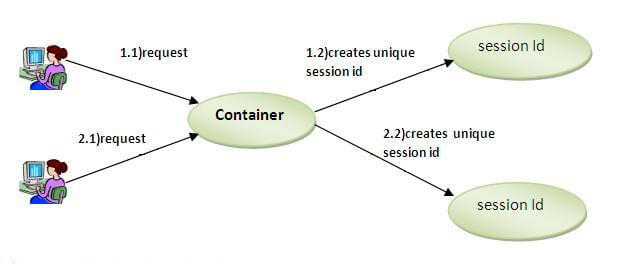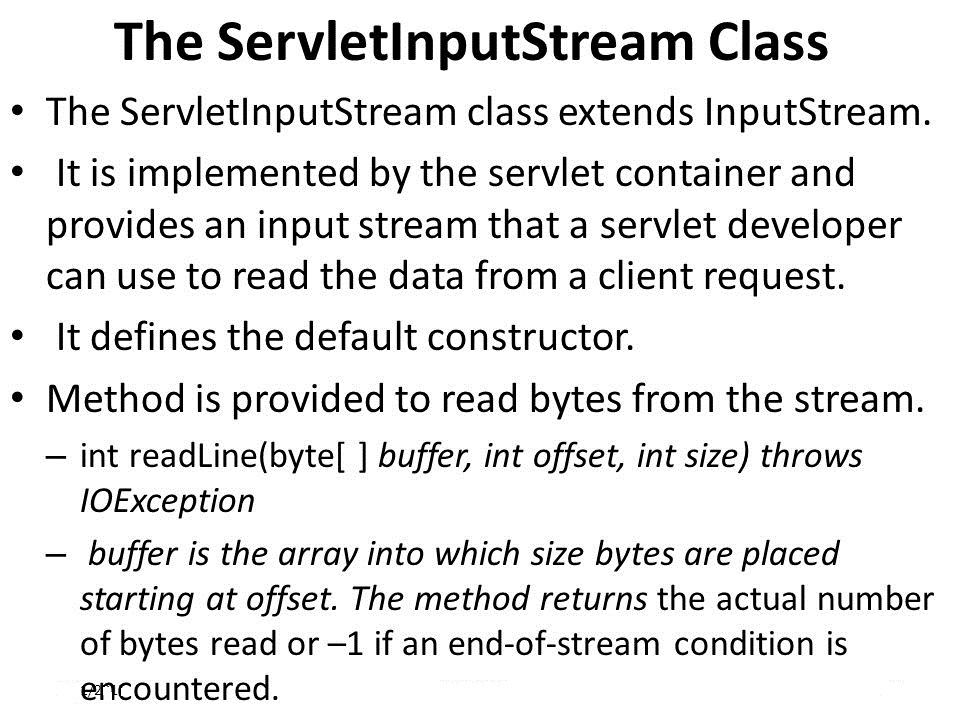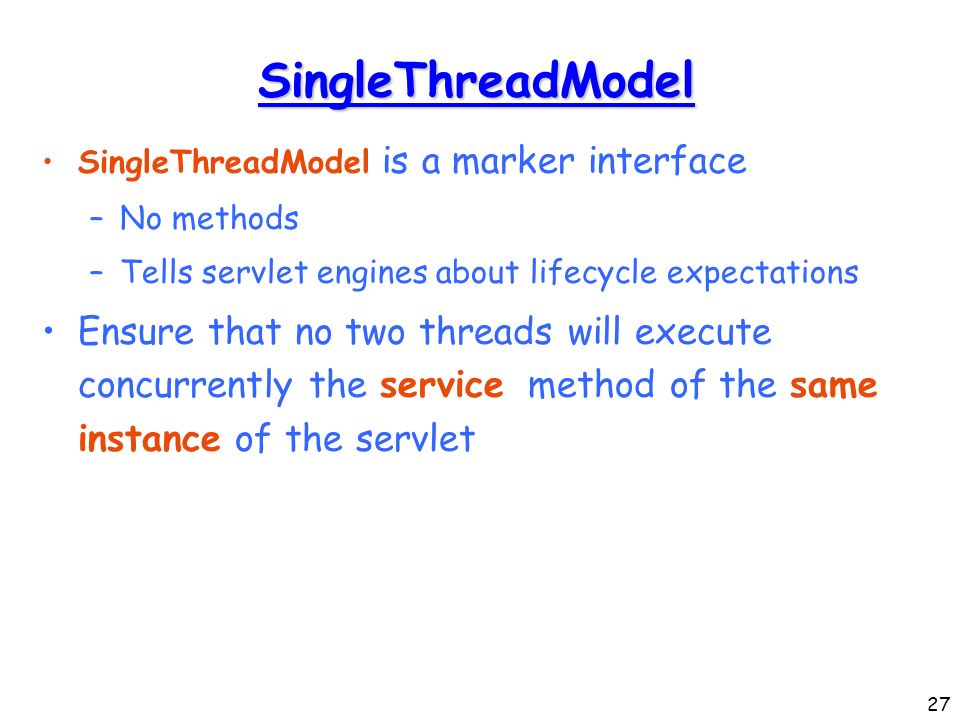In such case, container creates a session id for each user.The container uses this id to identify the particular user.An object of HttpSession can be used to perform two tasks:
- bind objects
- view and manipulate information about a session, such as the session identifier, creation time, and last accessed time.
How to get the HttpSession object ?
The HttpServletRequest interface provides two methods to get the object of HttpSession:
- public HttpSession getSession():Returns the current session associated with this request, or if the request does not have a session, creates one.
- public HttpSession getSession(boolean create):Returns the current HttpSession associated with this request or, if there is no current session and create is true, returns a new session.
Commonly used methods of HttpSession interface
- public String getId():Returns a string containing the unique identifier value.
- public long getCreationTime():Returns the time when this session was created, measured in milliseconds since midnight January 1, 1970 GMT.
- public long getLastAccessedTime():Returns the last time the client sent a request associated with this session, as the number of milliseconds since midnight January 1, 1970 GMT.
- public void invalidate():Invalidates this session then unbinds any objects bound to it.
Example of using HttpSession
In this example, we are setting the attribute in the session scope in one servlet and getting that value from the session scope in another servlet. To set the attribute in the session scope, we have used the setAttribute() method of HttpSession interface and to get the attribute, we have used the getAttribute method.
index.html
FirstServlet.java
import java.io.*;
import javax.servlet.*;
import javax.servlet.http.*;
public class FirstServlet extends HttpServlet {
public void doGet(HttpServletRequest request, HttpServletResponse response){
try{
response.setContentType("text/html");
PrintWriter out = response.getWriter();
String n=request.getParameter("userName");
out.print("Welcome "+n);
HttpSession session=request.getSession();
session.setAttribute("uname",n);
out.print("visit");
out.close();
}catch(Exception e){System.out.println(e);}
}
}
SecondServlet.java
import java.io.*;
import javax.servlet.*;
import javax.servlet.http.*;
public class SecondServlet extends HttpServlet {
public void doGet(HttpServletRequest request, HttpServletResponse response)
try{
response.setContentType("text/html");
PrintWriter out = response.getWriter();
HttpSession session=request.getSession(false);
String n=(String)session.getAttribute("uname");
out.print("Hello "+n);
out.close();
}catch(Exception e){System.out.println(e);}
}
}
web.xml
s1 FirstServlet s1 /servlet1 s2 SecondServlet s2 /servlet2








Leave A Comment